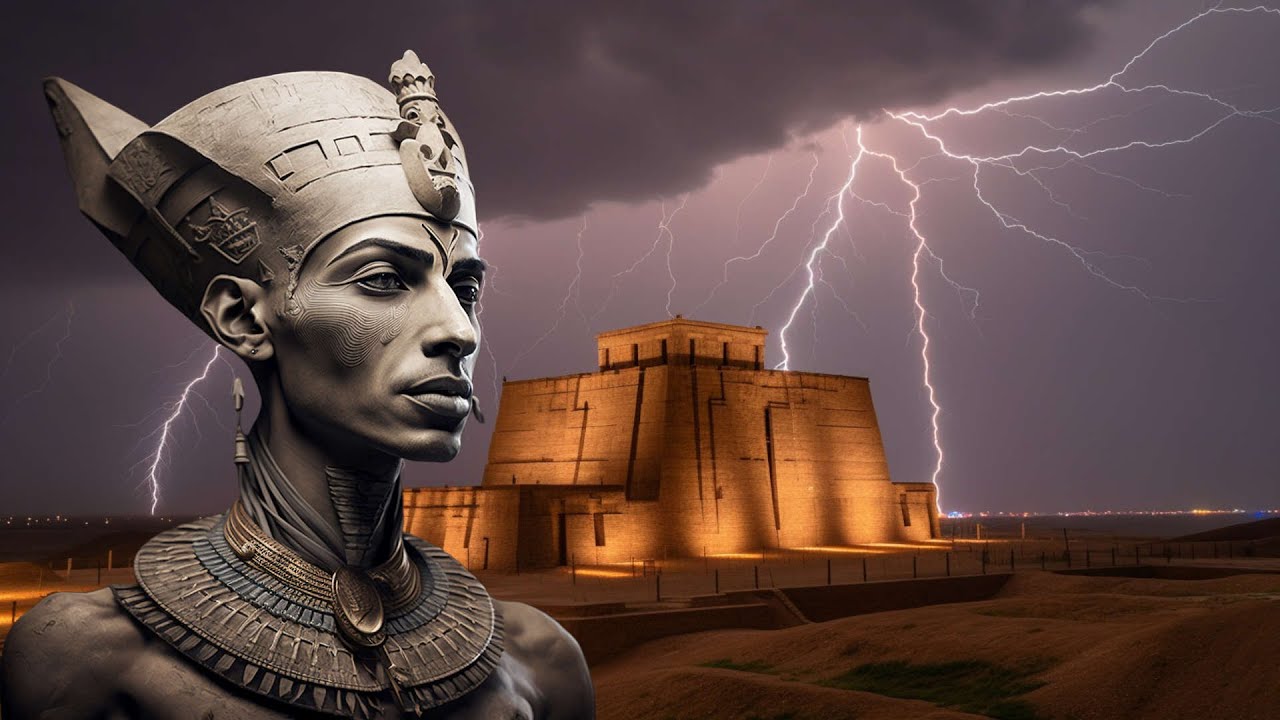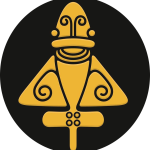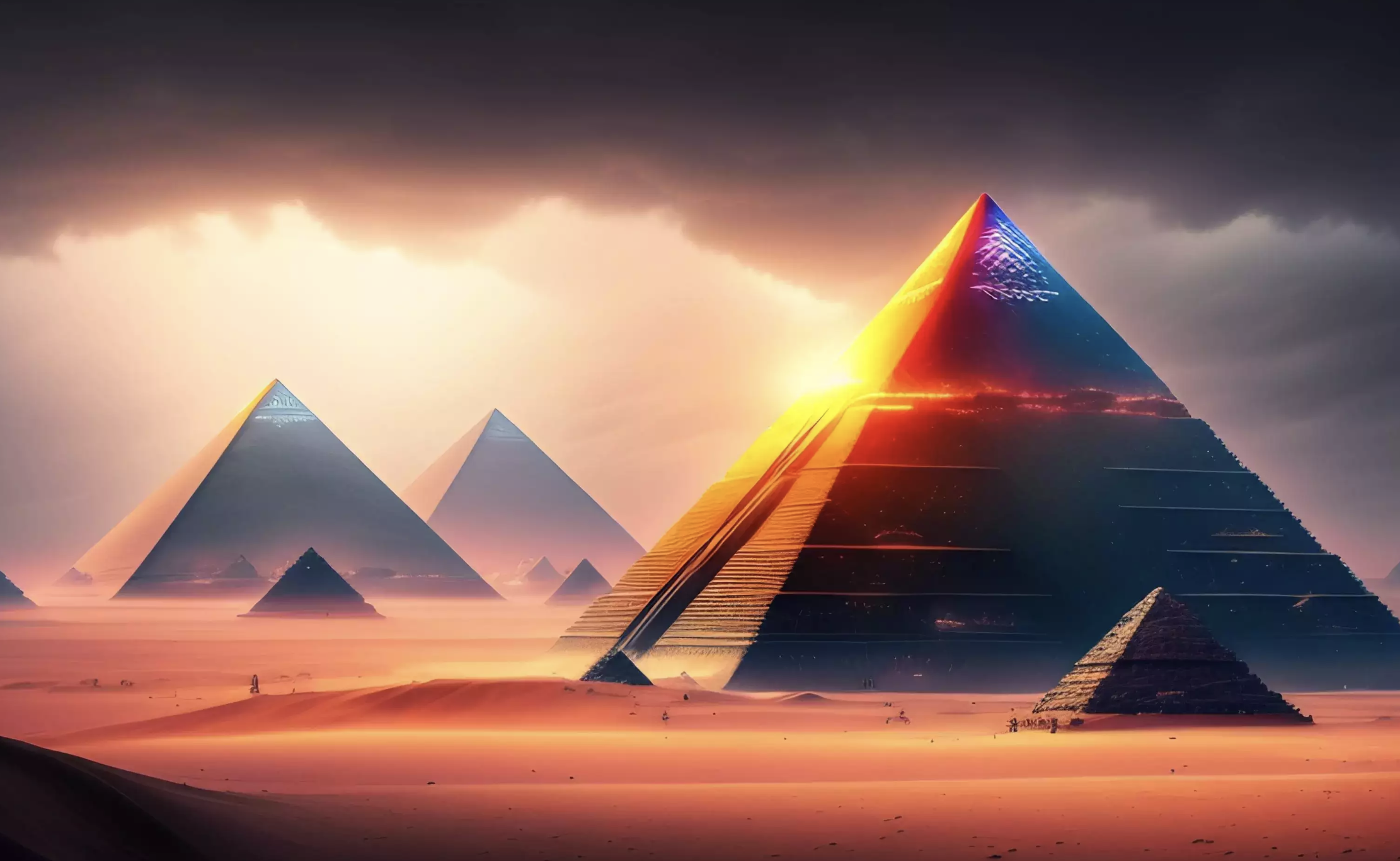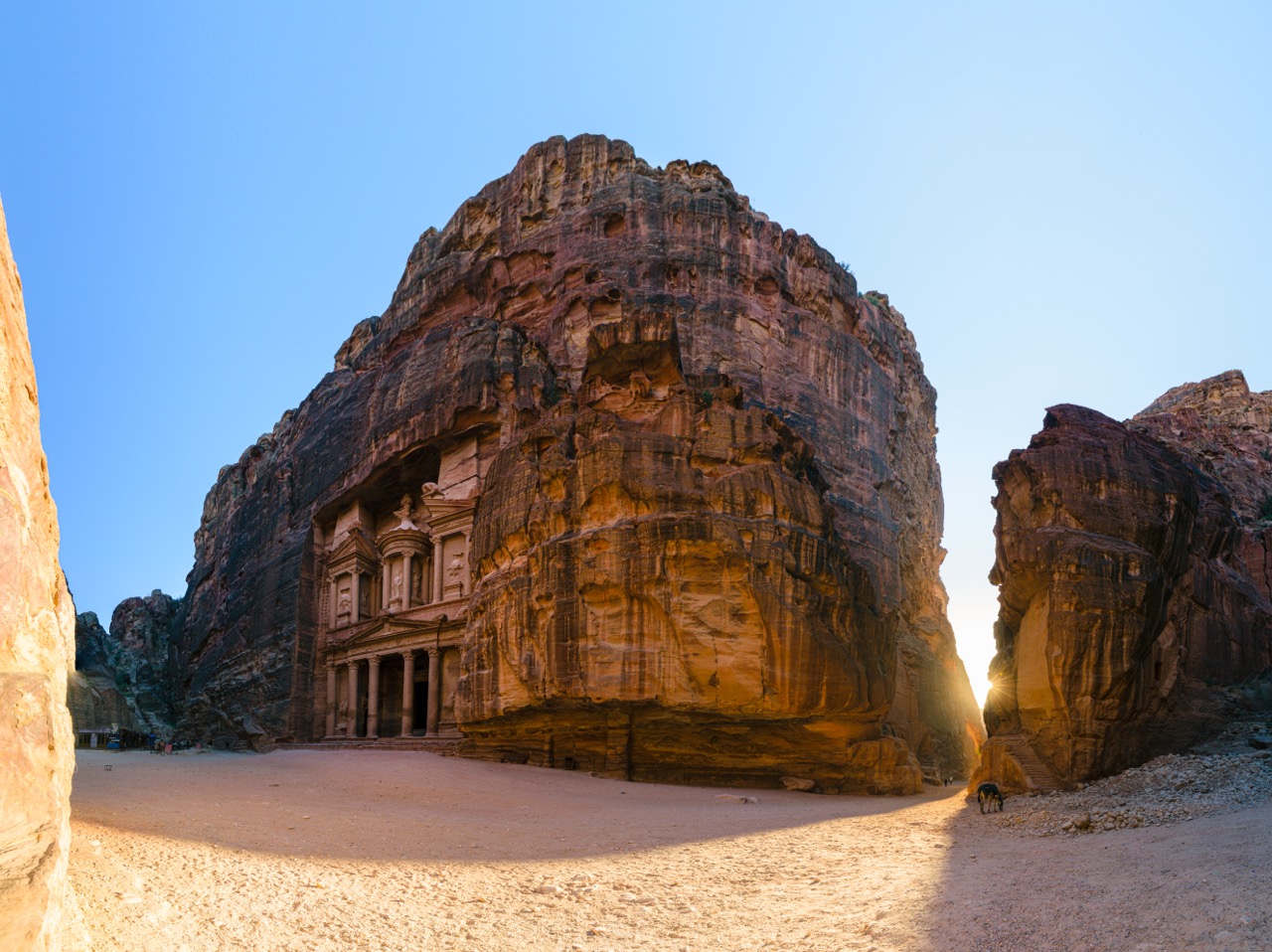Exploring the Origins and Contributions of History’s Earliest Civilizations
The discovery of the mysterious megaliths at Gobekli Tepe has spurred fascinating debates about the emergence of human societies. In this article, we will delve into the captivating world of ancient civilizations, from the Minoans to the Sumerians, uncovering their origins, accomplishments, and lasting legacies.
Gobekli Tepe: Rethinking the Origins of Civilization
In 1994, southeastern Turkey became the center of attention when archaeologists uncovered massive carved stones at a site called Gobekli Tepe. Dating back around 13,000 years, these ancient megaliths predate Stonehenge by more than 6,000 years. Crafted by prehistoric people who had not yet invented metal tools, pottery, or the wheel, the discovery forced a reevaluation of our understanding of early civilizations. It has even been suggested that religious monuments like those at Gobekli Tepe played a key role in the development of complex societies.
Minoan Civilization: Europe’s First Advanced Society
The Minoan civilization, which emerged around 3500 BC on the island of Crete and other Aegean Islands, marked the beginning of advanced societies in Europe. Named after King Minos from Greek mythology, the Minoans were famous for their cities, palaces, and sophisticated art. They prospered through extensive trade networks across the Mediterranean, but ultimately declined around 1100 BC. The reasons behind their demise remain a subject of speculation among historians. However, there can also be made a case for the Vinča culture, but we will cover that on another piece.
Ancient Egyptians: A Civilization of Enduring Legacy
Ancient Egypt was one of the most powerful civilizations of its time, leaving a lasting cultural influence that endures to this day. With dynasties dating back to 3100 BC, Egypt reached its pinnacle during the New Kingdom (c. 1150 – 1069 BC), a golden age marked by wealth, prosperity, and international prestige. The inventive ancient Egyptians are credited with numerous groundbreaking innovations, from the solar calendar to toothpaste. Their dynastic period ended with the suicide of Cleopatra VII in 30 BC, after which Egypt became part of the Roman Empire.
Indus Valley Civilization: A Technologically Advanced Society
The Indus Valley Civilization, which flourished in the northern region of the Indian subcontinent, is one of the oldest and most widespread civilizations. Beginning around 3300 BC, it developed around the basins of the Indus River. At its height in 2500 BC, it boasted a population of 5 million people and spanned 900 miles. The civilization’s well-excavated cities showcase advanced water supply and drainage systems. The Indus Valley Civilization declined between 1900 and 1500 BC, and the reasons behind its downfall remain a mystery.
Caral-Supe Civilization: The Americas’ Earliest Society
Located in present-day north-central coastal Peru, the Caral-Supe Civilization is the oldest-known civilization in the Americas. Emerging around 3500 BC, it was centered around three rivers: the Fortaleza, the Pativilca, and the Supe. The ancient city of Huaricanga showcased the civilization’s ability to construct monumental buildings, including large pyramids that rival those in ancient Egypt. The Caral-Supe Civilization declined around 1800 BC, making way for the emergence of more powerful societies.
Sumerians: The Pioneers of Civilization
Widely considered the oldest civilization known to humanity, the Sumerians laid the groundwork for the concept of civilization itself. Originating in southern Mesopotamia (modern-day Iraq) around 4500 to 4000 BC, the Sumerians established a group of city-states by 3000 BC, setting the stage for a prosperous era that lasted for two millennia.
One of the most significant cultural achievements of the Sumerians was their written language. Archaeological evidence has uncovered written Sumerian dating back to at least 3500 BC, marking it as the world’s first known language.
The Sumerians were also responsible for numerous other groundbreaking innovations, such as irrigation techniques, schools, monumental architecture, and even the concept of timekeeping. They divided the day into two 12-hour periods, with each hour containing 60 minutes.
By 2000 BC, the authority of the Sumerians was challenged by competing cultures, and an eventual invasion led to the assimilation of the Sumerian population, bringing an end to their unique civilization.
Conclusion: From the enigmatic megaliths of Gobekli Tepe to the innovative Sumerians, these ancient civilizations offer invaluable insights into the origins and development of human societies. As we continue to explore our past, we gain a better understanding of the foundations upon which our modern world was built.
📚📖 Make sure to join Ancient Library on Telegram, and become part of a unique group 👉🏻 https://t.me/theancientlibrary
If you want to help us out and support the page, you can buy us a coffee ( we really appreciate it) 👉🏻 https://www.buymeacoffee.com/ancientlibrary
I am the Librarian, and I, together with the guardians of the Ancient Library, curate content for this site. Welcome, and enjoy your stay.
-
The Librarianhttps://ancient-library.com/author/ivan/
-
The Librarianhttps://ancient-library.com/author/ivan/
-
The Librarianhttps://ancient-library.com/author/ivan/
-
The Librarianhttps://ancient-library.com/author/ivan/





